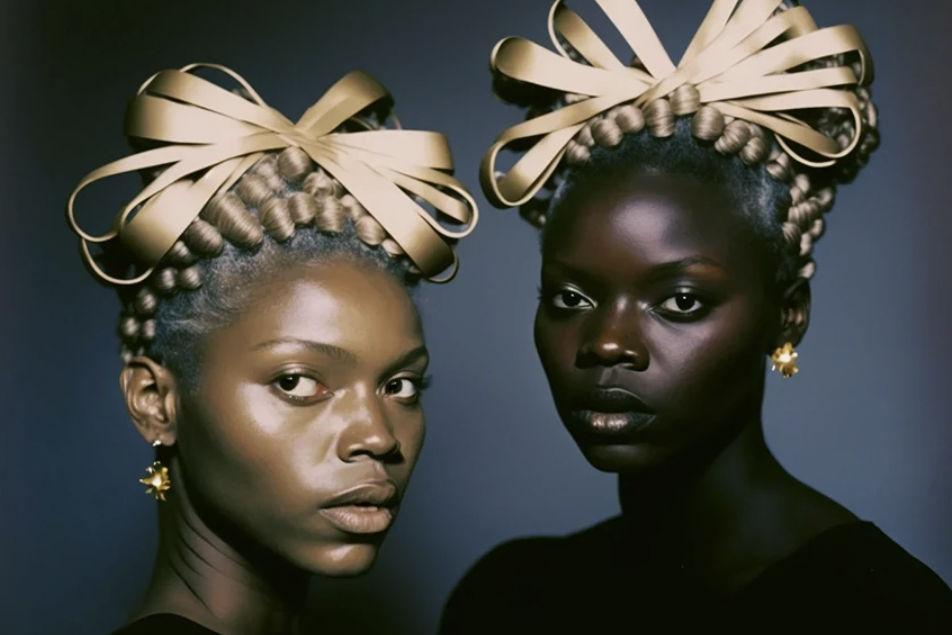Black Artists Find AI-Generated Images Of Black People Are Inaccurate And Distorted

The concerns about AI and biases have been a topic of conversation for some time. Black artists are among the creators finding an issue with the inaccurate results produced by AI image generators.
The Concerns with AI Bias and Artists
Senegalese artist Linda Dounia Rebeiz explored whether AI can see people of color in her new exhibition “In/Visible” for Feral File, an NFT marketplace.
Featuring ten artists with the same goal; to shed light on the biases of AI and representing people of color.
“The biases of AI, the biases of the internet, and the biases inherent in Western art history compound to create an environment where people of color, including Black people, feel either absent or misrepresented by AI,” Dounia told Decrypt.
The exhibition featured artist Minnie Atairu, a Ph.D. candidate at Columbia University’s Teachers College, who had images from her “Blonde Braids Studies” in the show.
It explored the limitations of the AI image generator company Midjourney’s algorithm to produce images of Black women with natural blond hair.
When the artist initially asked for an image of Black identical twins with blond hair, the program produced a sibling with lighter skin.
“That tells us where the algorithm is pooling images from,” explained Atairu.
“It’s not necessarily pulling from a corpus of Black people, but one geared toward white people.”
When asked for a response, David Holz, Midjourney’s founder, asked if someone finds an issue with their system to send them specific examples so they can investigate.
AI Producing Distorted and Unrealistic Images
Artist Stephanie Dinkins also combines art and technology for her Brooklyn-based practices, with her innovations including an ongoing series of interviews with Bina48, a humanoid robot.
Dinkins has spent the past seven years experimenting with AI’s ability to realistically and accurately depict Black women smiling and crying using various word prompts.
When she first experimented, her algorithm produced a pink-shaded humanoid covered by a black cloak. Although it has improved since her first experiments, she still has concerns and inaccuracies.
Dinkins had to use runaround terms in the text prompts to help the AI image generators achieve her desired image; she told The New York Times.
However, regardless if she uses the terms “African American woman” or “Black woman,” the AI distorts the images, using mangled facial features and hair textures.
The artist said, “The biases are embedded deep in these systems, so it becomes ingrained and automatic.”
“If I’m working within a system that uses algorithmic ecosystems, then I want that system to know who Black people are in nuanced ways so that we can feel better supported.”
An Ongoing Issue
The issue of ethics and regulation around AI isn’t new, and recently, the free-to-use graphic design tool Canva also came under fire after being prompted to generate an image of a Black woman with Bantu knots.
An error appeared: “Bantu may result in unsafe or offensive content.”
Other significant companies behind AI image generators, including OpenAI and Stability AI, have pledged to improve their tools. OpenAI spokeswoman Alex Beck stated in an email interview with New York Times, “Bias is an important, industrywide problem.”
She added that the company continuously tries to “improve performance, reduce bias and mitigate harmful outputs.”
However, she declined to say how many employees were working on racial bias or how much money the company had allocated toward the problem.



